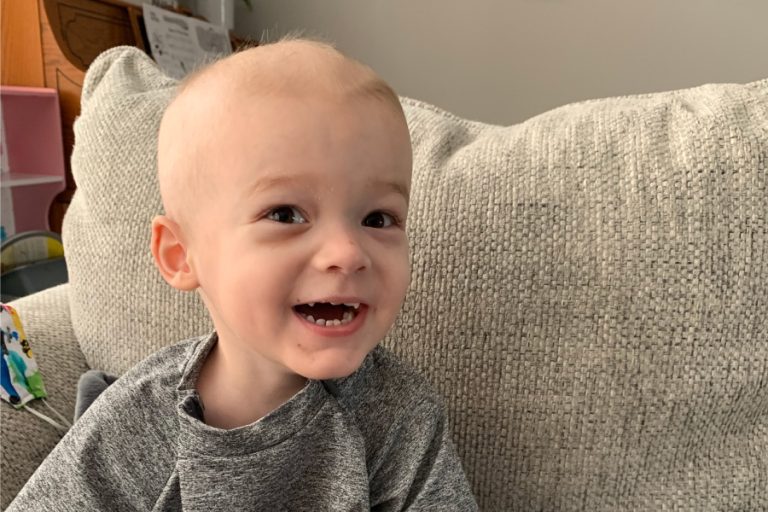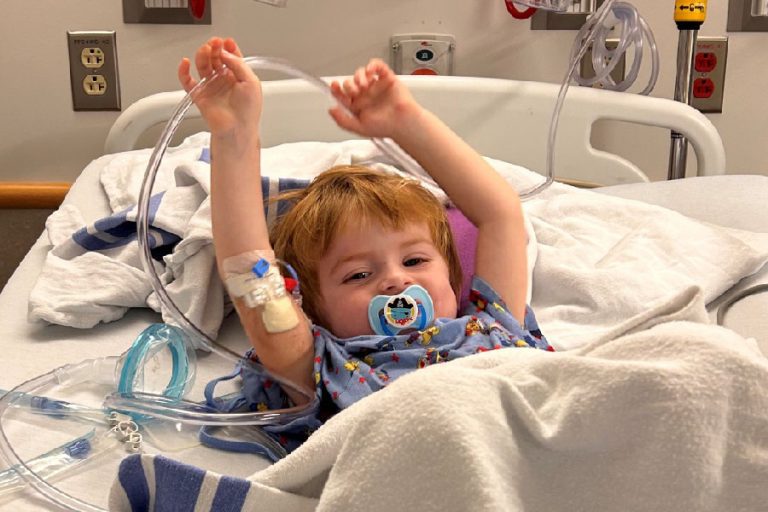Leukemia
Leukemia and other diseases of the blood and bone marrow may affect red blood cells, white blood cells and platelets.
Common types of leukemia found in childhood cancer are:
- Acute lymphoblastic leukemia (ALL): a fast growing form of leukemia that occurs when the bone marrow makes too many immature lymphocytes (a type of white blood cell).
- Acute myeloid leukemia (AML): a type of leukemia in which the bone marrow makes a large number of abnormal blood cells.
- Juvenile myelomonocytic leukemia: this type of leukemia forms when too many bone marrow stem cells become two types of white blood cells. Some of these cells never become mature white cells.
- Chronic mylegenous leukemia: a form of leukemia that occurs when too many bone marrow stem cells become a type of white blood cell called granulocytes. Some of these cells never become mature white cells.
Treatment for children with leukemia is tailored to each child, depending on their illness. Chemotherapy and radiation are often used. At times, a blood or marrow transplantation (BMT) may be recommended.
Why we need better, safer treatments:
The 5-year survival rate is dependent on each type of leukemia. For children with ALL, it is more than 85 percent overall. For children with AML, the 5-year survival rate now ranges between 60-70 percent. For children with juvenile myelomonocytic leukemia, it is about 50 percent. Chronic types of leukemia have a 5-year survival rate of about 60-80 percent.
Sources: U.S. National Library of Medicine, American Cancer Society, National Cancer Institute
Your donation can lead to better treatments
Every $1 donated helps researchers secure $18 in additional funding to make groundbreaking discoveries. Your donation can make a lasting impact in the life of a child with cancer.
Understand more about leukemia with these articles:
The power of seed funding: CCRF-funded leukemia screening project lands NIH grant
Erin Marcotte, PhD, MPH, and Heather Nelson, PhD, MPH, of University of Minnesota are seizing the opportunity to turn small things into big...
Bone marrow recipient Ella is flower girl in her donor’s wedding
Ella had a very aggressive form of acute myeloid leukemia, and neither of her siblings were a marrow match. Even after the transplant, she...
Developing a new way to stop the most aggressive leukemia
With support from an Accelerating Impact for Hard-to-Treat Cancer Award from Children’s Cancer Research Fund (CCRF), University of Virginia...



